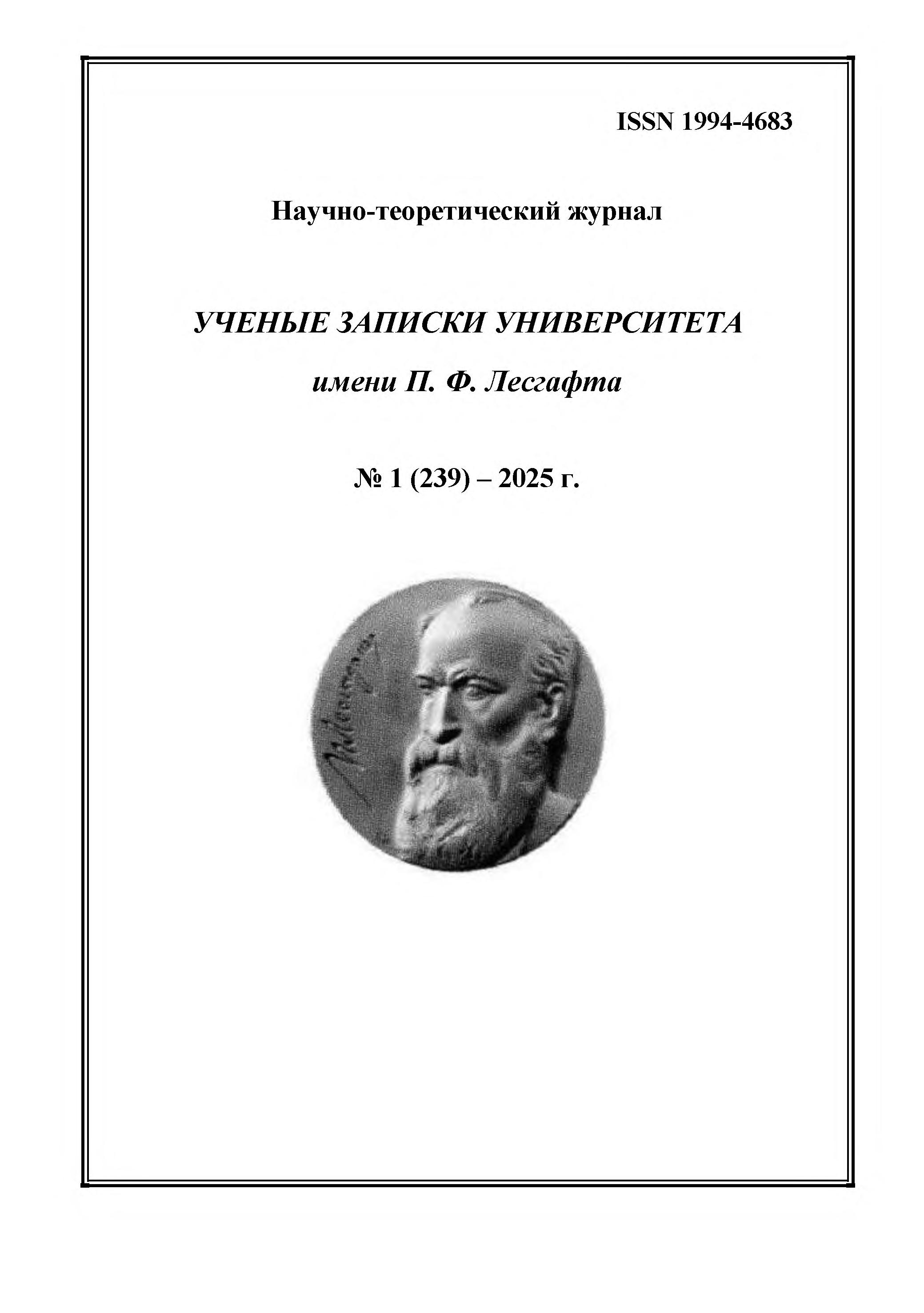employee from 01.01.2021 to 01.01.2025
Chelybinsk, Chelyabinsk, Russian Federation
employee
Ural State University of Physical Culture (sports medicine and physical rehabilitation, Head of Department)
employee
Chelyabinsk, Chelyabinsk, Russian Federation
CSCSTI 77.01
The purpose of the study is to assess the impact of blood flow restriction strength training on the indicators of appendicular skeletal muscle mass in individuals with metabolic syndrome. Research methods: analysis and synthesis of scientific literature, randomized controlled trial based on CONSORT guidelines and in accordance with the TIDieR checklist, assessment of anthropometry, biochemical blood analysis, bioimpedance measurement, methods of statistical processing. Research results and conclusions. It has been established that low-intensity resistance training combined with blood flow restriction, as well as high-intensity strength training, contributes to an increase in appendicular skeletal muscle mass in men with metabolic syndrome.
health sport, blood flow restriction training, resistance training, metabolic syndrome, appendicular muscle mass
1. Alberti K. G., Eckel R. H., Grundy S. M. [et al.] (2009), “Harmonizing the metabolic syndrome: a joint interim statement of the International Diabetes Federation Task Force on Epidemiology and Prevention”, Circulation, 120 (16), pp. 1640–5.
2. Käräjämäki A., Korkiakoski A., Hukkanen J. [et al.] (2022), “Long-Term Metabolic Fate and Mortality in Obesity Without Metabolic Syndrome”, Ann. Med, 2022, 54 (1), pp. 1432–1443.
3. Li W., Chen D., Peng Y. [et al.] (2023), “Association Between Metabolic Syndrome and Mortality: Prospective Cohort Study”, JMIR Public Health Surveill, 9, pp. 49–62.
4. Heo J. E., Shim J. S., Lee H. [et al.] (2020), “Association between the Thigh Muscle and Insulin Resistance According to Body Mass Index in Middle-Aged Korean Adults”, Diabetes Metab J., 44 (3), pp. 446–457.
5. Park J. H., Lee M. Y., Shin H. [et al.] (2023), “Lower skeletal muscle mass is associated with diabetes and insulin resistance: A cross-sectional study”, Diabetes Metab Res Rev., 39 (7), pp. 36–51.
6. Moon H. E., Lee T. S, Chung T. H. (2022), “Association between Lower-to-Upper Ratio of Appendicular Skeletal Muscle and Metabolic Syndrome”, J Clin Med, 11 (21), pp. 6309–6323.
7. Sverchkov V. V., Bykov E. V. (2024), “The influence of appendicular muscle mass on the risk of chronic diseases and mortality: a review of studies with Mendelian randomization”, Adaptive physical culture, Vol. 98, no. 2, pp. 17–20.
8. Fu Z., Wang Y., Zhao L. [et al.] (2025), “Seeking optimal non-pharmacological interventions for sarcopenia: a systematic review and network meta-analysis”, Aging Clin Exp Res., 37 (1), pp. 24–39.
9. Al-Mhanna S., Franklin B., Jakicic J. [et al.] (2025), “Impact of resistance training on cardiometabolic health-related indices in patients with type 2 diabetes and overweight/obesity: a systematic review and meta-analysis of randomised controlled trials”, Br J Sports Med., 10, pp. 89–103.
10. Acosta-Manzano P., Rodriguez-Ayllon M., Acosta F. [et al.] (2020), “Beyond general resistance training. Hypertrophy versus muscular endurance training as therapeutic interventions in adults with type 2 diabetes mellitus: A systematic review and meta-analysis”, Obes Rev., № 21 (6), pp. 130–148.
11. Ma X, Ai Y, Lei F. [et al.] (2024), “Effect of blood flow-restrictive resistance training on metabolic disorder and body composition in older adults with type 2 diabetes: a randomized controlled study”, Front Endocrinol (Lausanne), No 15, pp. 140–157.
12. (2021), “Randomizer” [as of March 2021], URL: https://www.randomizer.org/.
13. Cumming G. (2012), “Understanding The New Statistics: Effect Sizes, Confidence Intervals, and Meta-Analysis”, 1st ed., Routledge, https://doi.org/10.4324/9780203807002.







